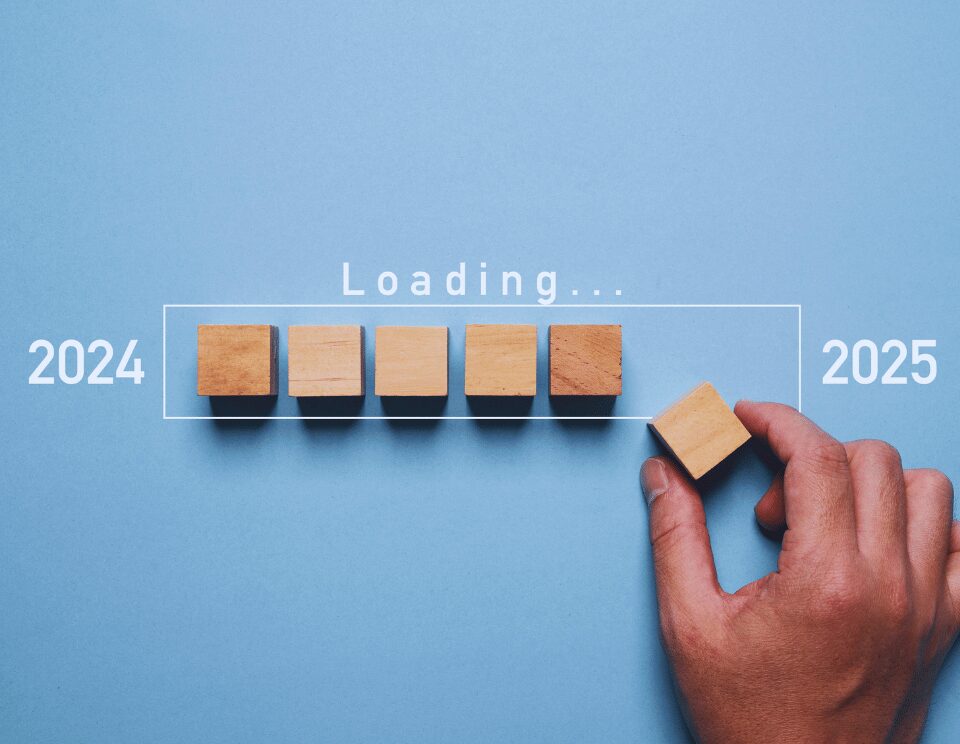Revolutionizing Petrol Stations: The Role of Strong Brands and EV Charging Partnerships
Petrol stations are the poster-child example of functional (convenience, price) attributes driving behaviour.
The ‘experience’ (if it can be called that) is a couple of minutes max and, if you pay at the pump it can be a minute, and then you’re off.
There have been some signs of new partnerships in the last few years, with Jamie Oliver, Waitrose, and M&S, but fundamentally the core needs and experience haven’t really changed.
But change (revolution) is fast upon us, thanks to the growth of EVs (currently just 2% of all cars in the UK, but growing fast).
How? We now need to top up the charge for certain missions.
I believe strong brands and well thought out partnerships will play a major role in deciding the winners are losers in this exciting space.
From refreshment (coffee shops, cafes), grocery and retailers to leisure (gyms), right down to the brand of charger. Strong brands drive choice, so building the right portfolio of options will be vital.
The prize? A significant (and growing) consumer wallet to play for.
Look no further than what’s happened in the last six months.
Starbucks announced in March a trial Volvo Group and ChargePoint in the US. This is a great example of a brand testing and learning in the field. It’s just 15 sites at the moment, and they will closely monitor how these trade, and the results will be fascinating.
Here in the UK, we have the GRIDSERVE Sustainable Energy Limited ‘future forecourt’ in Essex, Shell Recharge’s EV charging hub in Fulham, and brilliant places like Farmshop in Gloucester that are focusing on high-quality food to name just a few.
All are examples of reimagining, piloting, and seeing what commercially works.
Yes, for all the novelty and excitement, a commercial appraisal will be essential. What behaviours are sticking in these sites? How are they actually being used vs the intended usage? What needs to change?
We also have supermarkets across the UK such as Lidl offering free charging. Is this driving incremental footfall to their stores? I’m sure it is. 30 minutes is well suited for a weekday top-up shop.
I have always been surprised that the major low-cost gym groups, with their fast expanding estates, don’t make a bigger play for charging. Most people are in the gym for 45 minutes, the ideal length of time for a top up charge. It could be a great way to acquire new members too and increase the stickiness of existing members.
It’s a fascinating space where experimentation is rife. Picking the right brands for the right experience and then seeing how the sites are actually used will be key.

Mat Sloan
Head, Brand:lab




Stay In Touch